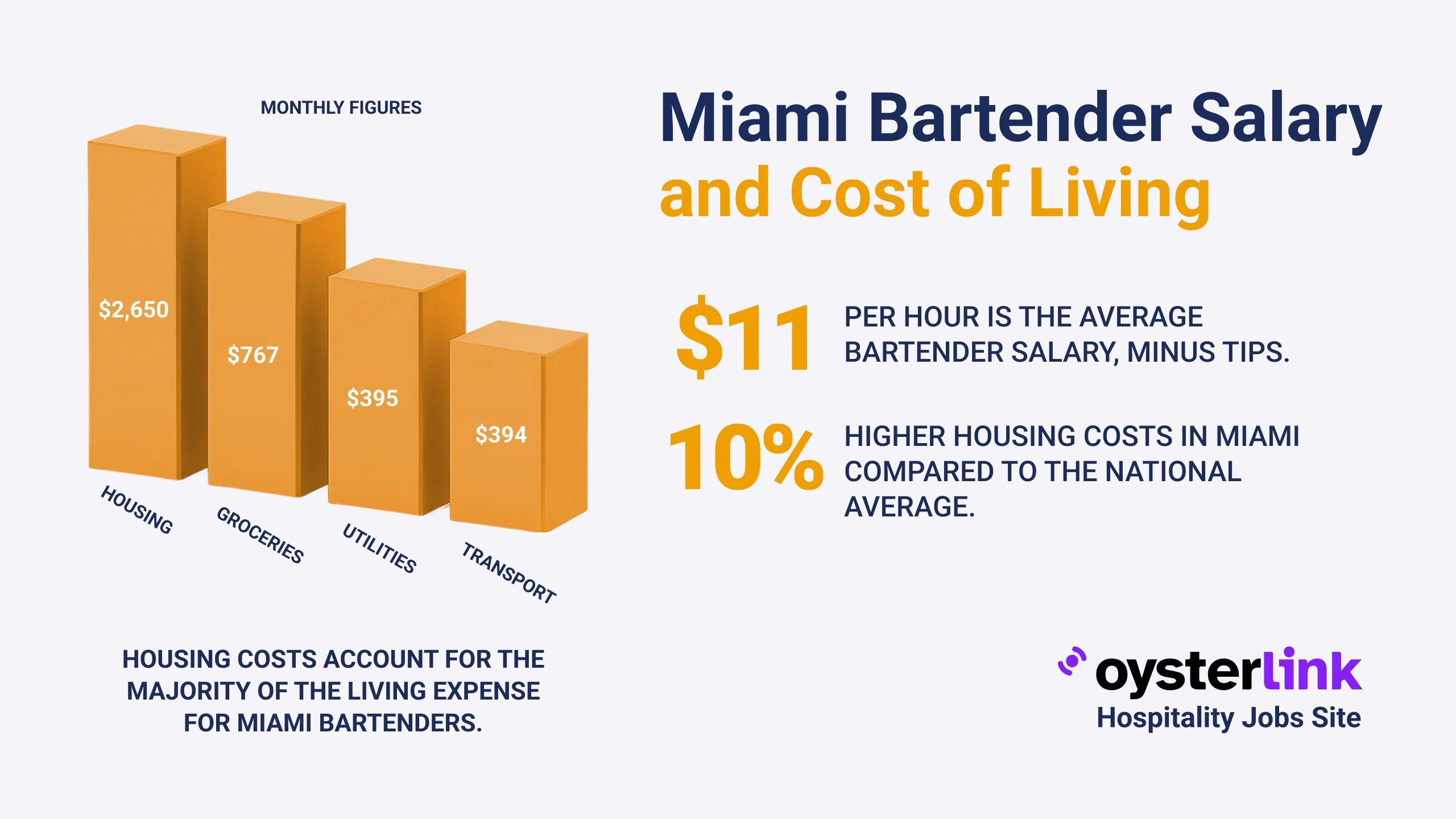Whether you’re a longtime local or planning a move, understanding the cost of living in Las Vegas can make a significant difference in your financial planning.
Known for its glittering Strip, vibrant nightlife, and sunny desert climate, Las Vegas continues to attract both new residents and tourists in record numbers.
In this comprehensive guide, we’ll examine the historical data, the current trends, and the anticipated changes that will influence Las Vegas living costs over the coming year.
Introduction to Las Vegas Cost of Living
Las Vegas has long been an icon of entertainment and hospitality, but beyond the neon lights lies a diverse community with varied neighborhoods, educational institutions, and job opportunities.
The city has experienced waves of growth over the last two decades, fueled by tourism, hospitality, technology startups, and retail expansions.
While famous for its resorts and casinos, local residents enjoy suburban enclaves, outdoor recreation near Red Rock Canyon, and a growing arts district in Downtown Las Vegas.
Housing and Rental Market Trends
The Las Vegas housing market has historically been influenced by booms and busts, reflecting national economic cycles and local tourism demands.
Rents and home prices dipped during the late 2000s recession but rebounded steadily in the following years.
As of 2025, the city’s rental market remains competitive, attracting single professionals and families seeking a vibrant lifestyle near The Strip and beyond.
Rental Prices Over the Years (2000 - 2025)
To understand how rental costs have progressed, here’s a quick historical snapshot of the average rent for a 1-bedroom apartment in the city center:
- 2000: Approximately $550 (source)
- 2005: Around $600 (source)
- 2010: About $650 (source)
- 2015: This increased to around $800 (source)
- 2020: Further rise to about $950 (source)
- 2024: Reached approximately $1,050 (source)
- 2025: The average rent for a 1-bedroom apartment is projected at $1,100 (source)
Many renters choose suburban neighborhoods like Summerlin or Henderson for a more family-friendly environment, though prices can be slightly higher due to newer developments. If you’re moving to Las Vegas from out-of-state, expect a range of housing options: gated communities, high-rise condos near The Strip, and more affordable complexes in older districts.
Neighborhood Variations and Suburban Living
Las Vegas neighborhoods differ in pricing, amenities, and proximity to major attractions.
Living close to Downtown or The Strip can offer easy access to entertainment but typically comes with higher rents or condominium fees.
Meanwhile, areas like North Las Vegas may feature larger single-family homes at relatively lower prices.
Keep in mind that some subdivisions include HOA (Homeowners Association) fees, which add to your monthly expenses. Thorough neighborhood research helps you balance rent, commute times, and lifestyle preferences.
Home Ownership Costs and Mortgage Rates
Las Vegas presents compelling opportunities for homeownership, especially for those looking to settle long-term or invest.
Over the past two decades, mortgage rates have generally trended downward, although 2025 may see mild rate increases.
Property taxes, homeowners insurance, and HOA fees will factor significantly into your monthly budget if you decide to buy.
Historical Mortgage Rate Comparisons (2000 - 2025)
- 2000: Average mortgage rate around 8.0% (source)
- 2005: About 5.8% (source)
- 2010: Around 4.5% (source)
- 2015: Dipped to about 3.9% (source)
- 2020: Held near 3.7% (source)
- 2024: Approximately 3.8% (source)
- 2025: Projected around 4.0% (source)
Median home prices in Las Vegas have also seen a significant climb—from about $140,000 in 2010 to nearly $350,000 by 2020 (source).
By 2025, forecasts place median values around $380,000, though this varies by neighborhood. Remember to factor in closing costs, property taxes, and upkeep when calculating your overall monthly housing expense.
Utilities in a Desert Climate
Living in the Mojave Desert means dealing with intense summers and mild winters. Air conditioning can significantly impact electricity bills, though winter heating is usually more affordable. Water bills also merit attention, with conservation incentives provided by local authorities.
Electricity and Water Bills (2000 - 2025)
Here’s how average monthly utility bills (electricity, water, trash) have evolved:
- 2000: Around $90 (source)
- 2005: Approximately $100 (source)
- 2010: About $120 (source)
- 2015: Crept up to $140 (source)
- 2020: Around $160 (source)
- 2024: Approximately $170 (source)
- 2025: Expected to reach $180 (source)
Some residents adopt energy-efficient measures—like upgraded insulation, better windows, or solar panels—to help offset costs. The Southern Nevada Water Authority also offers rebates for replacing grass lawns with desert-friendly landscaping, which can reduce water bills.
Food, Groceries, and Dining Out
Las Vegas is famed for upscale dining, but everyday grocery shopping can be quite affordable if you know where to look. Large supermarket chains, warehouse clubs, and ethnic grocery stores offer competitive prices. Dining out spans everything from cost-effective local eateries to exclusive Michelin-starred restaurants on The Strip.
Price Fluctuations (2000 - 2025)
Monthly grocery expenses for a single person have changed as follows:
- 2000: About $180 (source)
- 2005: Around $190 (source)
- 2010: About $200 (source)
- 2015: Rose to about $220 (source)
- 2020: Roughly $250 (source)
- 2024: Climbed to about $270 (source)
- 2025: Expected average of $280 (source)
Mid-range restaurant meals typically cost $12–$20 for lunch and $20–$35 for dinner, excluding alcoholic drinks. Deals abound for those who look for happy hour specials or local coupons. If you prefer home cooking, farmer’s markets and ethnic grocery stores often provide fresh produce at lower costs. Thus, average monthly expenses in Las Vegas can remain manageable compared to coastal cities.
Transportation: Public Transit and Car Ownership
The Regional Transportation Commission (RTC) operates the city’s bus network, but many residents still rely on personal vehicles. Sprawling suburbs and high summer temperatures can make driving more convenient. Owning a car involves loan payments or leasing costs, insurance, fuel, registration, and maintenance.
Historical Gas and Insurance Costs (2000 - 2025)
Gas prices and insurance premiums have shown variations over the last two decades:
- 2000: Gas around $1.70 per gallon, annual insurance near $900 (source)
- 2005: Gas about $2.20, insurance around $1,000 (source)
- 2010: Gas around $2.80, insurance near $1,100 (source)
- 2015: Gas dipped to about $2.50, insurance rose to $1,200 (source)
- 2020: Gas around $2.90, insurance averaged $1,300 (source)
- 2024: Gas near $3.20, insurance about $1,350 (source)
- 2025: Projected $3.30 per gallon, insurance around $1,400 (source)
For residents aiming to reduce commuting expenses, living along major bus routes or utilizing rideshare services can help. However, many find a personal vehicle essential for late-night work shifts or reaching areas beyond The Strip. If you prefer eco-friendly methods, e-scooters and bike-sharing programs are available, mainly around Downtown.
Healthcare Expenses in Las Vegas
Healthcare costs in Las Vegas depend on your insurance plan, income level, and provider network. Nevada doesn’t rank among the highest-cost states for healthcare, but budgeting for premiums and out-of-pocket expenses remains critical, especially if you have ongoing medical needs.
Insurance Premium Changes (2000 - 2025)
Individual health insurance premiums have evolved as follows:
- 2000: About $180 monthly (source)
- 2005: Around $200 (source)
- 2010: About $220 (source)
- 2015: Climbed to about $280 (source)
- 2020: Approximately $320 (source)
- 2024: Reached about $340 (source)
- 2025: Expected at $360 (source)
Many hospitality employers provide group health coverage, which can help contain costs. Self-employed or part-time workers may find it necessary to explore state healthcare exchanges or private plans. If local medical treatments are too costly, some residents consider out-of-state providers, though that can affect convenience.
Educational Expenses and Childcare
Families in Las Vegas can choose from public schools, private institutions, and charter alternatives, as well as universities like the University of Nevada, Las Vegas (UNLV). Childcare costs have steadily risen nationwide, and Las Vegas is no exception.
According to Child Care Aware, local daycare can range from $700 to $1,000 per month per child, depending on location and amenities. Planning ahead for school enrollment and after-school activities is crucial, especially for families new to the area.
Taxes and Miscellaneous Fees
Nevada’s absence of a state income tax remains a key draw for many residents. However, Clark County sales tax is about 8.375% (source), which can feel higher than elsewhere.
Property tax rates are moderate but vary based on specific municipalities. For vehicle registration, Nevada uses a value-based method that can be pricier than in states with flat fees.
Tourism-related taxes also factor into the local economy, including hotel and resort fees that affect both visitors and locals enjoying “staycations.”
When budgeting for Vegas life, keep an eye out for smaller recurring expenses—like parking fees or license renewals—that can accumulate over time.
Average Salaries and Living Wages
Las Vegas’ job market is historically centered on tourism and hospitality, though efforts are underway to diversify into tech and logistics.
In 2020, the median hourly wage for Las Vegas workers was around $18 (source), with some expecting an increase to $20–$22 by 2025.
This is sufficient for a single person in a modest apartment but can be tight for families. Supplementing your main income with tips, overtime, or side hustles can be key in a service-driven economy.
Tips for Saving Money in Las Vegas
- Choose Your Neighborhood Wisely: Rents and home prices vary drastically by location. Weigh commute times, amenities, and community vibes.
- Conserve Utilities: Seal windows, upgrade insulation, and consider solar panels to offset high summer electricity bills.
- Take Advantage of Local Discounts: From show tickets to restaurant deals, locals often enjoy perks that tourists don’t.
- Public Transit and Rideshare: If you live near RTC bus lines, you may cut down on car-related costs and parking fees.
- Buy Groceries in Bulk: Warehouse clubs can yield big savings on staples, especially for larger households.
Quick Takeaways
- Rents and home prices in Las Vegas have steadily risen since 2000, with moderate increases continuing into 2025.
- Utility bills can spike during hot summers, though conservation efforts reduce the impact.
- Owning a car is common due to city layout, but public transit and rideshare may reduce costs.
- Healthcare and childcare costs are on par with national averages—plan ahead.
- Lack of state income tax offsets higher sales taxes and tourism-related fees.
- Locals can access special discounts to make entertainment more affordable.
- Smart budgeting and proactive planning go a long way in Sin City’s dynamic economy.
Conclusion
The cost of living in Las Vegas in 2025 is shaped by market trends, infrastructure developments, and a spirit of continual reinvention. From rising housing costs to evolving job opportunities, there are plenty of factors to consider when deciding to move or stay in this desert metropolis.
By keeping track of rental prices, mortgage rates, utility expenses, and local deals, you can find a comfortable balance that suits your lifestyle.
References
Here are a few authoritative sources for further reading:

.png)

.png)
.png)